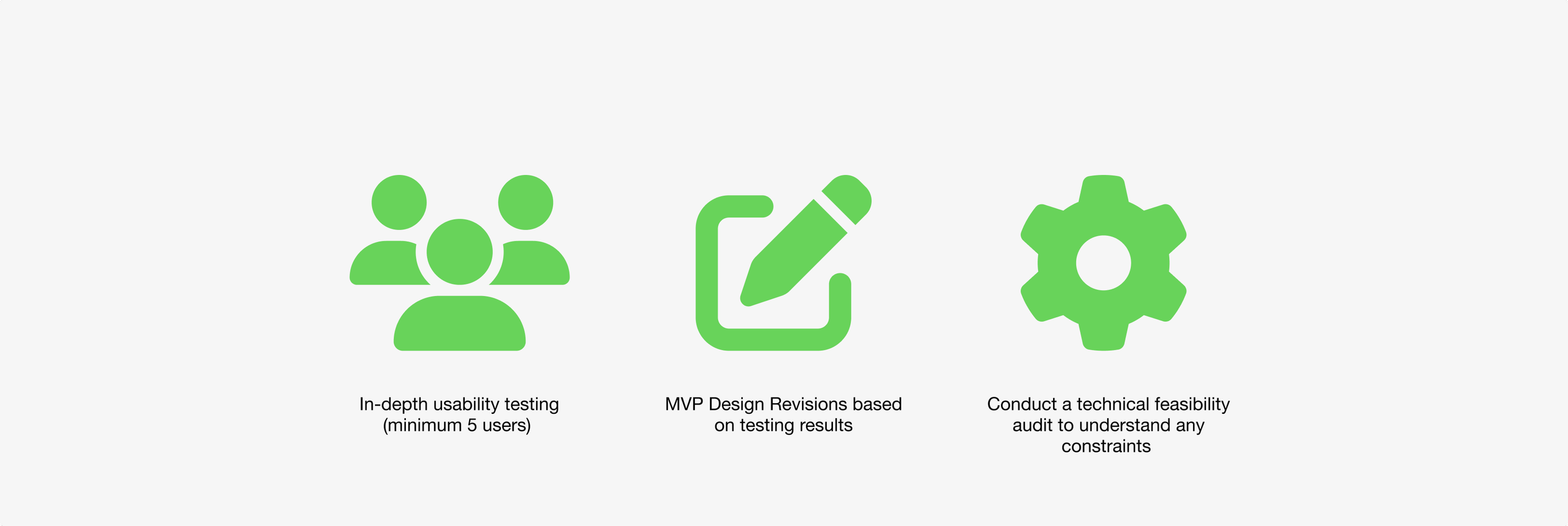
Facilitating budget tracking and planning for groups
Cost Companion - UX Research & Mobile App Design
Timeline
3.5 months
Role
UX Researcher, UX Designer
Team
4 UX Researchers
Tools
Figma, Miro, Google Suite, Pen & Paper
The Context
Travelers often exceed their planned budget when taking a trip; for the frugal traveler this becomes an issue as unprecedented costs can create financial hardship. To address this problem, our team proposes Cost Companion - a social media style app that aims to facilitate budget tracking and planning for groups.
-
Our team was tasked with conducting user-centered research to understand how people plan and experience trips today, the barriers that they encounter and the potential of new systems and tools to overcome these barriers. At the end of the project, we pitched our design proposal to travel planning stakeholders and leaders within the design industry.
-
As a User Researcher I conducted primary research and synthesized findings into insights. I also led the conceptual design of the prototype.

THE PROBLEM
Frugal group travelers often struggle with budget management and splitting their expenses.
This is due to a major lack of communication in budget planning and tracking among group members. Additionally, travelers have difficulty finding realistic costs for their trips, which leads to them overspending and creates the problem of handling unprecedent costs.
THE SOLUTION
Cost Companion
Cost Companion is a social media style app that aims to facilitate budget tracking and planning for groups. From our research synthesis, we realized that frugal group travelers need an accessible and easy way to track their budget on the go while still having control of their individual expenses. Travelers also need a reliable way to estimate and plan their budgets for trips.
Create travel circles
Groups can create ‘travel circles’ and can add and view expenses that are part of a trip on a mobile format that is ‘on the go’.
“Usually I use Venmo and it’s hard to keep track of who owes who. I want a quick way to see receipts and keep track of everyone’s spending.”
Personalized budget breakdown
Individual users can keep track of their personal spendings and view their budget breakdown in more detail.
“I like the idea of being able to see how much budget is left because people really forget that when traveling, especially younger people.”
Realistically plan your budget
Cost Companion allows users to search for itineraries from other groups to understand how to realistically allocate their own funds and get inspiration for budgeting.
“I trust other people to be more honest about costs than the hotel or flight website. This (looking at others’ itineraries) would be a very accurate way to plan costs for my trips.”

The Process
To guide us through the research and design process, we used the Analysis-Synthesis Bridge model from Hugh Dubberly. The bridge model illustrates how designers and researchers can use models to synthesize research and move from the current situation to the preferred future.

What “is”
Our team did background research and primary research (semi-structured interviews, stakeholder map and empathy map) individually and then came together to discuss our findings. The goal of this was to orient ourselves in the project context and understand the travel planners’ experience when planning online.
Stakeholder Map
Visually organizing all stakeholders involved in the travel planning process
Empathy Map
Articulating my understanding on a user’s travel planning experience
We decided to target our research towards frugal travelers as we found it relatable to many people who are interested in traveling without it becoming a financially burdening activity.
We individually conducted user interviews and sent out surveys to learn more about how our target population plans trips and the challenges that they face.
In our next step we conducted contextual inquiry in the form of a contextual interview using two approaches: directed storytelling and artifact analysis. We asked each participant to recall their recent trip using a directed storytelling approach and to showcase an artifact that was used as part of the planning process.

Model of What “is”
We used interpretation synthesis and affinity diagramming to synthesize the rich amount of raw information that we had collected. In doing the affinity diagram, we were most interested in the challenges that frugal travelers faces when planning in groups. We then used customer journey mapping and empathy mapping to visually represent our research findings and identify opportunity for innovative solutions.
Click here to view our interpretation notes.
Affinity Diagram
Organizing our data to draw out useful insights about our target population and how they plan trips online.
Empathy Map
Articulating our knowledge on the frugal travel planner. We found that common painpoints include overspending when traveling and group members having different travel budgets which can lead to disagreements while planning.
Customer Journey Map
Visualizing a typical experience for a frugal travelers planning group trips. We found that the biggest painpoints are when deciding activities as well as overspending during the trip.
Walking the Wall
Before moving on to ideation we put all our research on a ‘wall’ and agreed upon the key takeaways from this phase of the project.

Model of What “could be”
Our ideation stage started with a Crazy 8s exercise where each member had to come up with 8 ideas within 5 minutes that responded to our question “how might we make it easier for groups of frugal people to travel easily and within budget?”.
After determining the top user needs we used storyboarding to ideate multiple potential solutions. I made 3 storyboards (each exploring an idea with a varying level of risk). The team’s storyboards were tested with users through speed dating sessions.
CONSOLIDATING OUR FINIDNGS
Evidence and Insights
1. Travelers often lose track of their spending during their trip and need a way to maintain their budget
2. Travelers seek to have better means of budget management within their group and evenly divide costs.
3. Frugal travelers need to have a realistic way of planning and splitting their budget based on their trip. Users find it helpful to understand what amount other travelers were spending on their trips, rather than searching for generic budgeting online.
The team used the key findings from ideation to design a potential solution: Cost Companion

What “could be”
Cost Companion is a social media style app that aims to facilitate budget tracking and planning for groups. It provides an accessible and easy way for groups of frugal travelers to track their budget on the go while still having control of their individual expenses. Additionally, it allows travelers to views others’ trips so that they can realistically estimate and plan budgets for their own trips.

Next Steps
Reflection & Takeaways
This project allowed me to take a deep dive into user research as part of a multidisciplinary group and really understand how raw data in the research stage is transformed into useful insights that drive the ideation process.
1. Previously, I had undermined the importance of transitioning from synthesis to ideation but this project helped me understand how to make that transition and to effectively synthesize raw primary data.
2. I learnt how to be a better collaborator. By creating a team contract, conducting a pre-mortem and a post-mortem midway through the project, our team ensured that there was a positive group environment that facilitated collaboration and honest critique.
Pre-Mortem and Post-Mortem
If you enjoyed this case study, check out my other projects!



